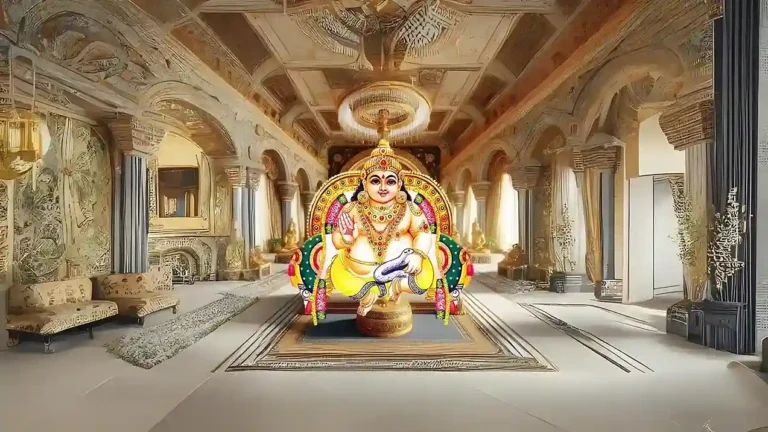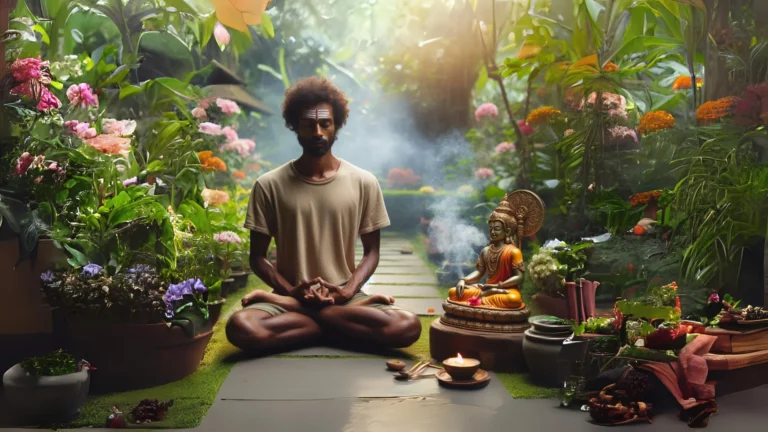Please Like the Blog and Share it for Maximum Reach
Table of Contents
Is Lust terrible?
Society looks down upon Lust as ‘instinctual’, embedded in every person. Despite being protected from environments radiating low vibrations, experiencing lustful thoughts and feelings become common in adolescence. Hormonal changes in children empower them with the potential to grasp skills faster than children of any other age-groups.

They have immense capacity to boost their skill-sets and unravel unexplored dimensions of their lives. But, most times because of lack of guidance, adolescents fall prey to their infatuation and engage in energy draining activities. Spirituality suggests that Lust is a powerful tool that can apply to spiritual activities to grow past our lower tendencies.
The prevalent means to satisfy lust causes depression and seeks withdrawal at the earliest before it becomes too severe. Lust when applied to spirituality causes joy and encourages us to pursue further spiritual activities. ‘Lust is inapplicable to spirituality’ claim many people.
A New direction to Lust through Spirituality
The 4 aims of human life, Dharma, Artha, Kama and Moksha root themselves in Lust (kama)’ says a renowned sannyasi. A grihastha (householder) too finds this statement awkward, let alone the words of a sannyasi. But, this statement has another angle to it,the Shastras reveal.
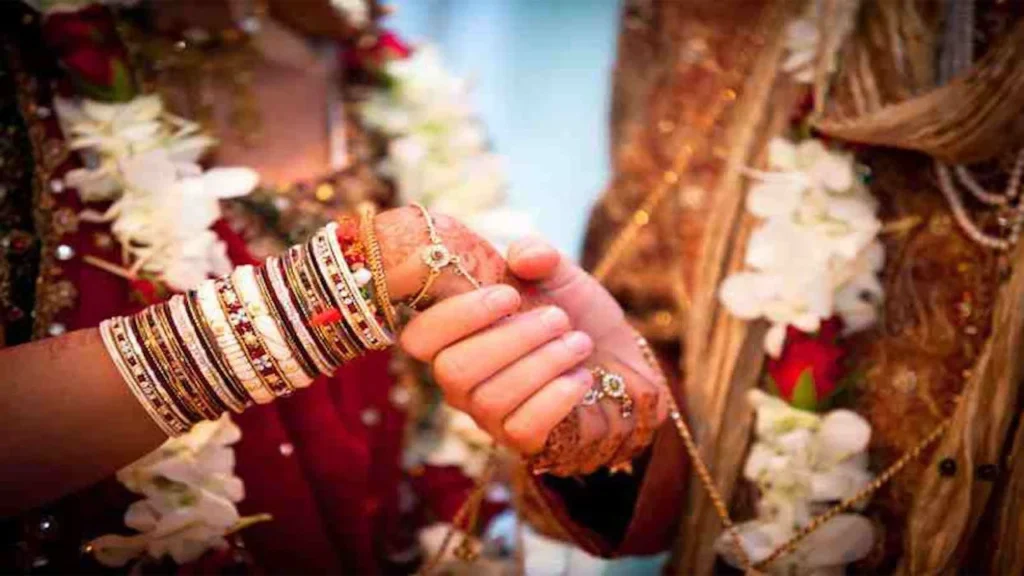
“Lust when transformed spiritually, with one-pointed love towards Bhagawan is Bhakti.” An average person when overpowered by lust, commits regressive activities while spiritual love, Bhakti endows one with progression in both spiritual and material fields of life.
Spiritually one can focus on the goal of life while materially one gains more charge of one’s own life without giving in to the flimsiness of the mind.
Redirect Lust towards Bhagawan
Showing interest in sexual activities and breeding over its thoughts, depletes energy and tarnishes one’s personality, complemented with inability to decide. One becomes fearful and indecisive. Instead of expending energy, if applied to spiritual activities it becomes an energy booster. Lust is material but Bhakti is spiritual because the object of attraction is the Lord who is unlike mortals.
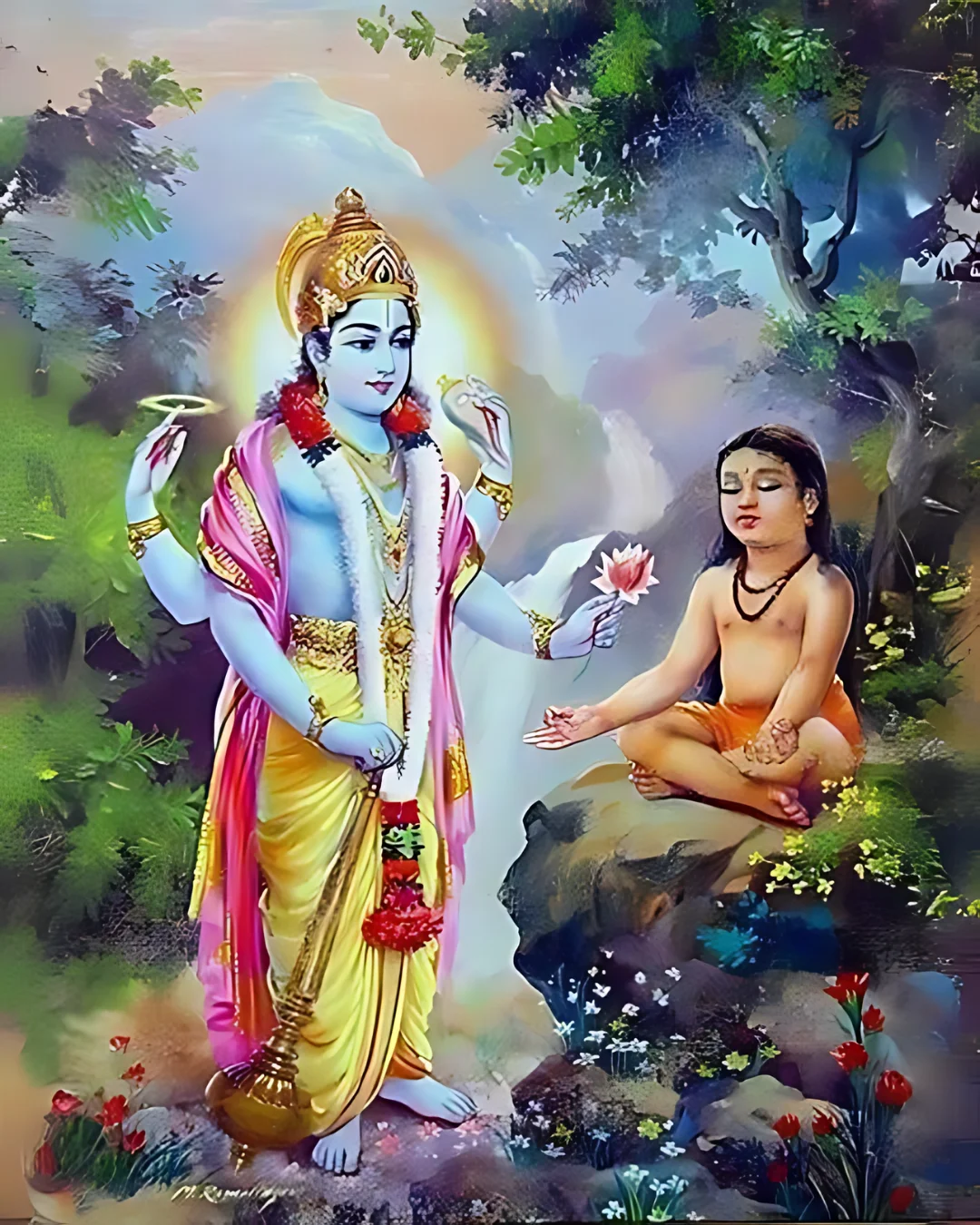
Normal male/female beings perish and degrade, matter being their constituent building block. Bhagawan is spiritual by nature and displaying love towards Him is Bhakti.
Motive of Marriage–Lessons from Ramayana
Marriage is a divine arrangement and its basis should be for a higher cause and not merely for sense-gratification. It is a bond wherein the couple get closer on the subtle platform and develop mentally and spiritually.
Sita-Kalyanam (or marriage of Sita Devi) inspires every woman to look upon her husband with reverence and the character of Sri Rama guides man to look upon his wife with respect too.

This marriage is not ordinary. It is divine. It teaches man to apply the values of marriage in the most appropriate manner to ensure a happy life. In modern times, most marriages end-up in divorces, the sole reason being craving for sense-gratification.
The Essence of Sita Devi’s Marriage with Bhagawan
Therefore, through this episode सीता कल्याणम् (sītā kalyāṇam) we find that not lust but only pure love (of which caring for both material and spiritual upkeep) for his/her spouse can yield an everlasting marriage.
One should be faithful to one’s spouse which is only possible through spiritual love or Bhakti towards Bhagawan. Only if we commit ourselves to Bhagawan can we be even faithful to the other, as it grants us the capacity to care for others and not be self-centered.
Significance of some marriage and thread-ceremony rituals
In marriage ceremonies, there is a ritual where the man holds the hallux (big toe) of the woman and chants the mantra dictated by his priest:
The significance of this ritual is that the husband asks his wife to become as stable as her big-toe (which holds the entire weight of the body), for not always good times will support their marriage. The wife adds into her account the responsibility of her new family (in-laws) as well as the family as she begins a new life with her husband.
On account of the couple’s collective karmas, bad times and good times fluctuate and thus the husband seeks his wife’s help through this gesture. We see a similar ritual in the उपनयन संस्कार (upanayana saṃskāra Thread Ceremony) which is performed for boys where the priest asks him to become stone-hearted.
An example of collective Karma is when unknown passengers are together and the passengers are at peril because a possible crash is due, owing to the malfunction of the aircraft.

He is about to start his gurukul life (Vedic school-life) which seeks one-pointed commitment. This ritual is a symbol of detachment towards one’s parents as he seeks alms as a Bhikshu (monk). It symbolizes that he is apart from his family and should commit himself only towards his education and spiritual master (Guru).
7/8 Questions from Sanatana Dharma
The scores generated in this Quiz may or may not be absolute. There may be right or wrong answers to each Question. A percentage towards 100 indicates that you are more aligned to the overall subject matter.
Significance of मंगलसूत्र (maṃgalasūtra)
The husband ties a thread (commonly called Magalasutram) around the neck of his wife. This ritual is a symbol of love and commitment. But, the shastrik significance of this ceremony is that the sacred thread represents the age of the husband.
The thread signifies that the husband is alive.
Therefore, the husband ties it with the mantras which translates as “My wife, live for a hundred years with this thread tied around your neck.” In this way, he prays for both his life and he wishes longevity for his wife. It is said that till the time the thread hangs around a devout wife’s neck, the husband’s adds in more years to life.

The mantra binds both their lives together through the thread. So more than it being a symbol of love and commitment it symbolizes oneness. Significantly, the Shastra blesses both the husband and wife with a life-span of hundred years.
How is Sita Devi Superior to Sri Rama?
Reason-1
At the time of marriage, King Janaka insisted Sita would place her palms on top of Sri Rama’s palms. This concludes that King Janaka held Sita Devi in a higher esteem than Sri Rama. This inference, Srimati Andal (one of the 12 great Azhwars of South India) confirms saying: “Indeed Sita Devi is superior to Sri Rama for her hands are red-tinted lotus (Senthamarai செந்தாமரை) while Perumal, Sri Rama’s hands are mere lotus. “

Sita Devi’s hands excel in beauty more than that of Sri Rama.” This is the external significance, in terms of beauty. One can derive the spiritual significance while analyzing the pastimes of the Lord.
Reason-2
Bhagawan is extremely particular about his devotees. His laws are harsh when exercised on non-practitioners of Dharma. We can see that Bhagawan gives love and affection for devotees like Vibheeshana, Arjuna and Vidura while the Lord reserves punishments like grief and painful death for enemies of his devotees like Ravana, Duryodhana and Dhritarashtra.
A spiritual aspirant may fear not anything, other than the Lord. But, fear should not pervade the minds of devotees and for this reason, Sita Devi holds the hands of the Lord. When a devotee errs, Sita Devi relieves him of all Doshas (sins).
Her benevolence makes the Lord even accept His enemies. Therefore, Sita Devi paves the way for fallen souls to attain Bhagawan. One can see even Tulsidas Goswami plead to Sita Devi to recommend his name to Lord Raghavendra so that the Lord accepts this devotee without ifs and buts.
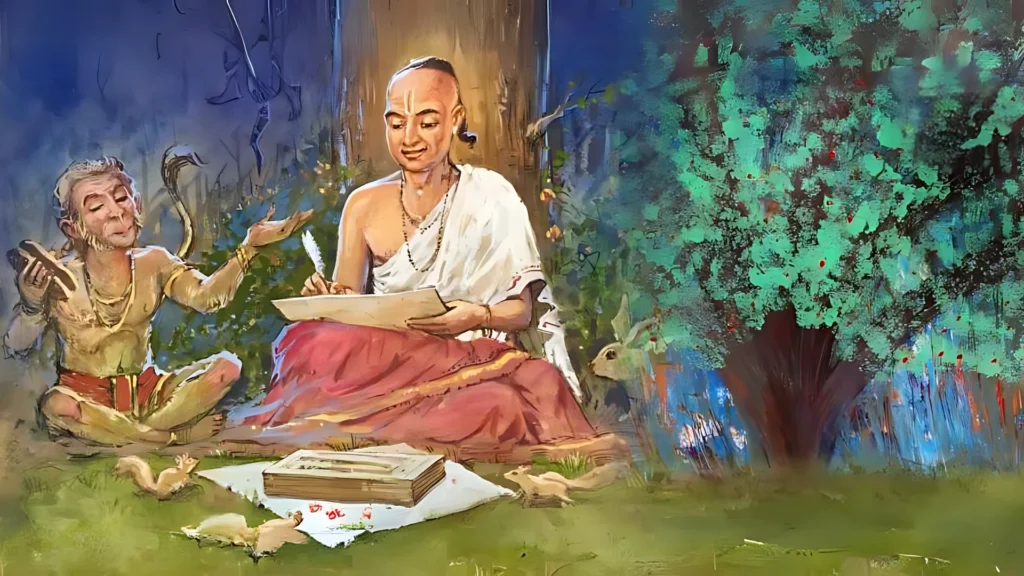
Tulsidas ji is certain that Ma Seeta shall not even look at any of his faults, while he is not too sure of the Lord on this point. This instance one can find in one of his greatest works called Vinay Patrika which means a “Humble Letter”.
She is called Kamala where ‘Ka’ means Bhagawan, ‘Ma’ means jivatma and ‘la’ means give and take.She is the mediator, who supervises the journey of every jiva straight to the Lotus feet of Bhagawan. She is superior to Bhagawan as she is unbiased and because of her consent alone, Bhagawan grants everybody with Moksha.
Please Like the Blog and Share it for Maximum Reach



